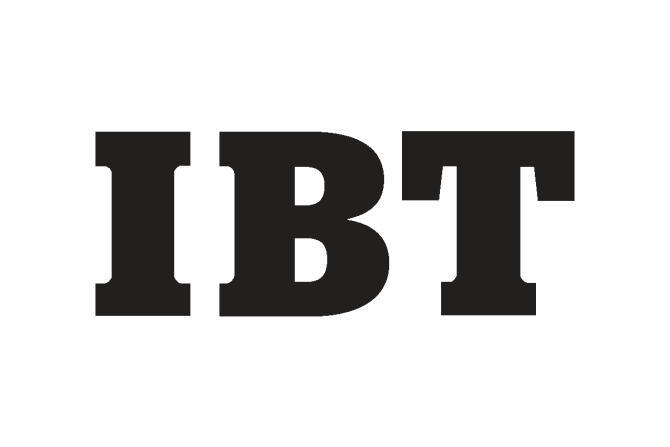The Federal Reserve's Survey of Consumer Finances, conducted once every three years, provides snapshots of family income and net worth along with basic demographic details and more detailed information on how families store wealth they have.
Signs are beginning to emerge that suggest sales of new and existing homes are moving toward a bottom. Actual sales figures took a positive turn in February and mortgage applications for the purchase of a home have increased in recent weeks as mortgage rates have tumbled.
Today the Federal Reserve released monthly data on Consumer Credit from February 2009. In February, consumer credit decreased at a seasonally adjusted annual rate of 3.5 percent.
The Empire State Building is going
Pending home sales have edged up, hinting at a possible pickup of sales activity in coming months, according to the National Association of Realtors.
The 10-year Treasury yield has been creeping up despite the efforts by the Federal Reserve to bring it down. TALF (Term Asset Lending Facility) is being utilized to buy government bonds,
The months' supply of existing housing inventory has fallen to less than 10 months in January and February after being in the double digits for most of 2008.
Eighty-seven percent of home buyers used the Internet to search for homes, up from 71 percent five years ago. Not only has the trend in overall usage risen, but the percent of buyers who reported using the Internet frequently increased from 42 percent in 2003 to 69 percent in 2008.
The internet has become an integral tool in the home buyer arsenal. When asked to identify the first step taken during the home buying process, 32 percent of all home buyers looked online for properties for sale.
When purchasing their next home, younger home sellers tend to purchase larger homes.
When purchasing a home, in addition to the price of the home, home buyers also consider the cost to commute to work, and with rising energy costs, cost of energy, and possible savings from energy efficient features of homes. Importance given to these costs considerations vary by age of home buyers.
With rising energy costs, home buyers are increasingly aware of energy efficiency and other environmentally friendly features of homes. Forty-three percent of recent buyers considered a home's heating and cooling costs very important.
In the years of rising prices and quick sales, first-time home buyers made up a smaller share of the market. As affordability improves but sales slow, it is more difficult for current homeowners to sell their homes.
The BLS American Time Use Survey gathers data on time spent doing various activities and asks where most activities are performed. (See note on chart for exceptions.)
The retail sector is in contraction, fueled by the recession, mounting job losses and a sharp drop in consumer spending. Retail businesses are scaling back operations, closing stores and trimming demand for space.
The table above shows the relationship between personal consumption and net worth in the United States as reported by the Bureau of Economic Analysis and the Federal Reserve.
Ninety-three percent of home buyers reported that they financed their home purchase with a mortgage.
The sale of new homes is associated with a direct contribution to GDP, based on the value of construction put in place.
In 2008, 70 percent of home buyers indicated that they purchased a home to use as their primary residence, an increase from 67 percent in 2007 and up significantly from 60 percent in 2005.
The purchase of a vacation home or a residential investment property is influenced by many factors that are often different than the motivations for the purchase of a primary residence. Especially during a period of weak home sales and considerable uncertainty about the economy, it is important to gauge how the economic environment is affecting each segment.
With the economy still struggling through the prolonged economic recession, with consumers concerned about employment and the prospects for recovery, the multi-family sector is displaying softening, but positive fundamentals.
Overall, 21 percent of sellers indicated that what they wanted most from their agent was help pricing their home competitively.
There are many reasons that drive the decision of home buyers to make a purchase at a particular time.
Metropolitan areas in the South in general are among the fastest growing immigrant destinations.
Affordability has been a major concern as home prices in some markets more than doubled earlier in the decade. After a period in the 1990s of great affordability when mortgage costs were between 20 and 35 percent of household income for most U.S. markets

















